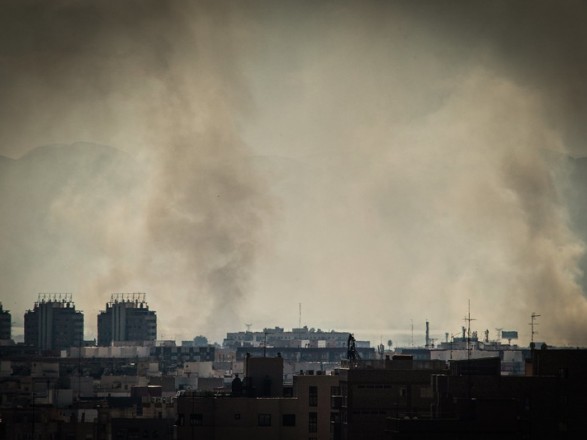Exposure to air pollution, radioactive radon, ultraviolet radiation, asbestos, certain chemicals and other pollutants causes more than 10 percent of all cancer cases in Europe, according to a report by the European Environment Agency (EEA),
KYIV. UkraineGate. 28 . June . 2022 | Society .
Details
With more than three million new patients and 1.3 million deaths each year, cancer has become a top priority of the European Commission for Health, prompting legislative proposals to reduce air and water pollution.
EEA head Hans Bruininks said pollution reduction would be an “effective investment” in the well-being of citizens.
Air pollution alone causes about one percent of all cancers, including lung cancer, and about two percent of all cancer deaths in Europe. But recent studies have also found a link between long-term exposure to particulate matter (a type of air pollutant) and leukemia, according to the EEA.
While the EU set legally binding air quality standards to combat air pollution in 2015, the vast majority of Europe’s population remains exposed to concentrations of air pollutants that exceed WHO’s international air quality guidelines. There are currently 29 infringement proceedings against 18 Member States for non-compliance with current EU air quality rules. It is estimated that reducing air pollution to WHO-recommended levels in the EU can prevent 51,213 premature deaths annually.
However, other environmental factors are also associated with cancer.
Exposure to toxic radon emissions in homes is associated with two percent of cancers, while ultraviolet radiation, which is predominantly emitted by the sun, is estimated to cause up to four percent of all cases in Europe. And the EEA notes that rising temperatures due to climate change may encourage people to spend more time outdoors. “Without additional preventive measures, increasing the level of ultraviolet radiation in Europe is likely to increase the incidence of skin cancer,” the agency warned.
Exposure to asbestos and certain chemicals, such as PFAS and hazardous pesticides, are also listed by the EEA as risk factors for cancer. It is estimated that asbestos accounts for 55-88% of all work-related lung cancer. Similarly, a significant proportion of chemicals are exposed to chemicals in the workplace – an estimated 17% of EU workers are exposed to hazardous chemicals for at least a quarter of their working time.
Addition
In total, the EU is reported to produce and consume 34 million toxic chemicals annually.
Source: Ukrgate







